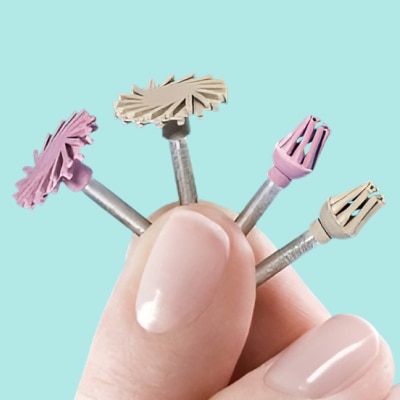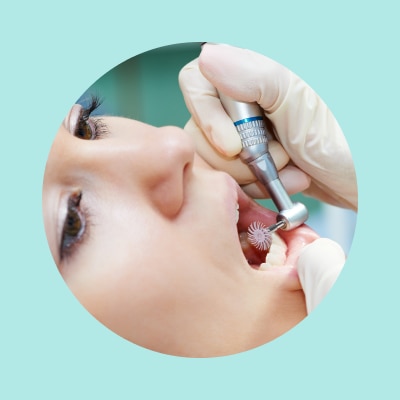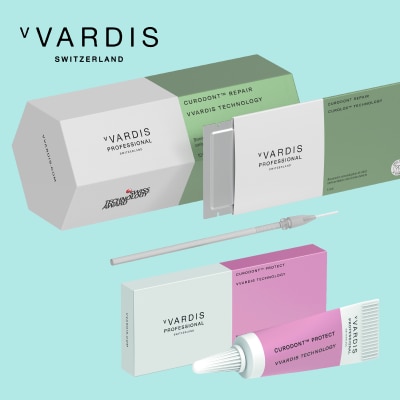If the history of dentistry has taught us anything, it is that innovation is never too far away. There’s no telling what the future holds for the dental profession, but current trends and technological advances can give us a good idea of what lies in store.
Teledentistry – Not Just For Pandemics
Teledentistry has been around for years, but it wasn’t until Covid-19 lockdowns that it truly took off. Hundreds of dental practices continue to provide virtual visits, with some believing that almost everything outside clinical treatment can be done away from the practice. Examples of teledentistry technologies currently being used include Live Virtual Smile Visit (LVSV), 3D Digital Scanning, Virtual Treatment Planning and Virtual AI Treatment Monitoring.
Results from a 2020 survey into the effectiveness of virtual clinics and telephone consultations found that 97% of respondents were very satisfied and would use the services again moving forward. Though not without its obvious limitations, the benefits of teledentistry are abundantly clear; reduced travel and all-round convenience for patients, reduced waiting lists and less inappropriate referrals for dentists.
Whitening
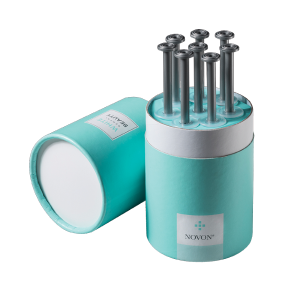
Teeth Whitening – Here Comes the Boom
With a greater number of companies set to allow staff to work from home post pandemic, the joy (or despair) of seeing our faces in a small corner of a screen on a Zoom or Teams video call won’t be going away anytime soon.
The popularity of video calls, selfies, TikToks and the like are driving a greater awareness of our teeth and smiles which naturally increases the market for cosmetic solutions.
The global in-office teeth whitening products market size is estimated to grow at CAGR (Compound Annual Growth Rate) of 8.3% during 2021-2028.
Big White Smile is a particularly fast-growing product, offering a combination of effective results and a highly competitive price.
To stay ahead of this trend, it’s worth the whole dental team being aware of your practice’s whitening offering, how teeth whitening works and the best ways to discuss cosmetic treatment with patients.
A Greener NHS
As the dental industry moves towards a more sustainable future, there remains much to do if the NHS is to meet its highly ambitious net zero target by 2040. NHS emissions have been cut by 30% since 2010, however analysis published in the BDJ in 2017 found that the carbon footprint of NHS dental services is still the equivalent of powering over 610,000 UK homes.
The Sustainable Dentistry: How-to Guide for Dental Practices from the Centre for Sustainable Healthcare outlines many of the eco-friendly changes expected to be adopted over the next few decades, from travel and dental equipment to energy and waste. Elimination of paper waste, the growth of energy efficient equipment and better insulation of buildings are some of the changes that will be encouraged. There is no shortage of ways practices can strive to be greener. Here are some of of our own hints and tips.
How Greener Dental Supplies Can Lower Carbon Emissions


CAD/CAM

3d Printing to Go Mainstream
In recent years the use of 3D Printing and technologies such as digital imaging and CAD/CAM has become more affordable and easier to use compared to only a decade ago.
The costs of such materials are expected to drop even more in the future as 3D printing technologies become more readily available and mainstream.
According to a recent report, the global 3D printing market is expected to expand at a rate of 21% from 2021 to 2028 as more dentists are forecasted to use the technology to create 3D dentures, clear teeth aligners, crown substructures and more.
This is backed up by the Government’s recent Integration and Innovation white paper which envisions the wider adoption of digital technology in healthcare.
The appeal of sending digital intraoral scans directly to the lab is clear. Taking impressions this way allows instant sharing between dentist and lab without the need for sterilising and shipping.
There is a belief that as 3D printing tech becomes more affordable, digital impressions of crowns, splints and dentures can open new doors and provide better and more comfortable treatment to a greater number of patients.
Virtual Reality
Several new technologies have appeared in the dental market in the last few years, including intra-oral cameras, smart toothbrushes and laser dentistry. But what’s next? Well with fear and anxiety still putting many people of visiting a dentist and compounding bad oral health, could the answer be Virtual Reality?
The idea of Virtual Reality (VR) being used as a psychological aid that removes visual and auditory stimuli from the patient’s perception associated with the procedure, pain or fear is not without its advocates.
Next generation VR products with reduced costs and more appropriate headset sizes has made this idea more viable, however Virtual Reality currently remains far from a dental reality for most practices with ROI difficult to be proved.
However, that has not stopped professionals such as Dr. Mark Whitlock from going ahead and using VR in their practices to calm patient’s anxiety.
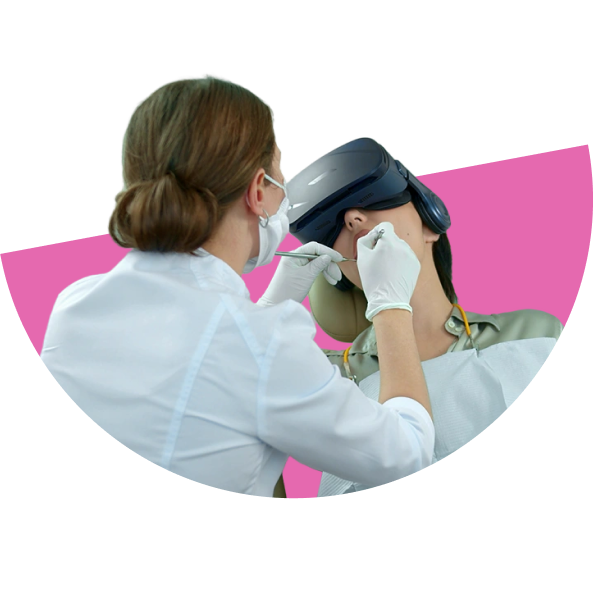
Regenerative Dentistry – Bionic Teeth?
Who needs a denture or implant when your teeth can just heal themselves? The idea of regenerative dentistry will sound ludicrous to some, but so would the thought of digital printing and electric toothbrushes to a dentist 50 years ago. By stimulating stem cells to encourage the growth of dentine, researchers in Nottingham University and Harvard University have developed “self-healing” teeth, allowing patients to effectively regrow teeth that are damaged through dental disease.
Dr Ana Angelova Volponi, senior lecturer in Regenerative Dentistry Education at King's College London says, a regenerative approach to periodontology is “developing rapidly”.
“Research focused on generating a “biotooth” has made big steps forward by using human adult gingival stem cells as one of the sources in the creation of a whole biotooth, where all anatomical parts of a tooth are present,” she said.






